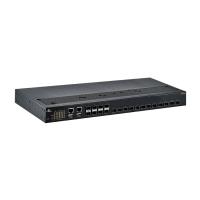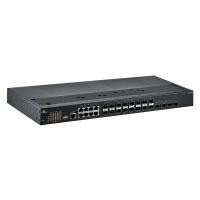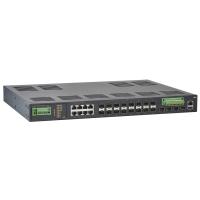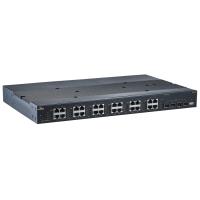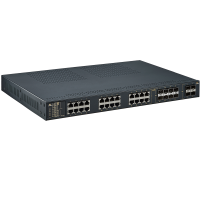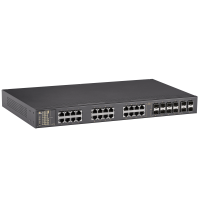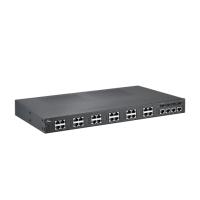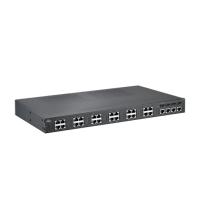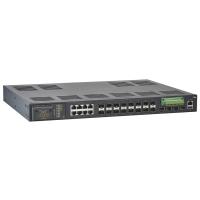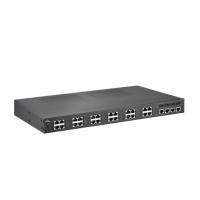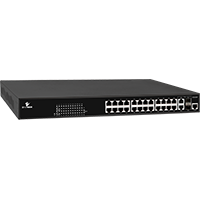Upgrade your network with EtherWAN's reliable and high-performance 24-port switches. Choose from our wide selection of managed and unmanaged switches, featuring Gigabit port speeds and PoE capabilities to find the perfect fit for your networking needs. Browse now to experience seamless connectivity and network efficiency.
Maximize Your Network's Potential with Etherwan's Managed and Unmanaged 24-Port Switches
Simplify Your Network Infrastructure with Etherwan's Versatile 24-Port Switches
Selecting the Right PoE Switch and how to use PoE Switches– A Brief Overview
How many ports should my switch have?
The number of ports you need for your switch depends on your specific networking requirements. Here are some guidelines for different scenarios:For a small office or home office with limited networking needs
A switch with 4-8 ports may suffice. This would allow you to connect a few devices such as a computer, printer, and wireless access point.For a small to medium-sized business with multiple devices
Like computers, printers, IP phones, and wireless access points, a switch with 16-24 ports may be appropriate. This would provide ample connectivity for various devices in a typical office environment.In larger environments such as enterprises or industrial settings
Where there may be numerous devices and high bandwidth requirements, a switch with 24 or more ports may be necessary. This would accommodate multiple departments, floors, or areas with a large number of network devices. Consider opting for an industrial-grade switch as your priority choice due to its robustness, reliability, and ability to withstand harsh environmental conditions.In data centers
Network switches with a high number of ports are required to accommodate a large number of servers, storage devices, and networking equipment. Switches with 48 or more ports are commonly used in data center environments.Consider future expansion plans
When choosing the number of ports for your switch. If you anticipate adding more devices to your network in the future, it's wise to opt for a switch with additional ports to accommodate growth.Selecting the ideal number of ports for your switch hinges on your unique networking needs, environment, and future expansion plans. It's crucial to thoughtfully assess your requirements and seek the guidance of a networking professional, if necessary, to ensure you choose the right switch for your setup.
How does a 24-port switch differ from a 48-port switch?
The primary distinction between a 24-port and 48-port switch is the number of Ethernet ports they offer. A 24-port switch has 24 ports, whereas a 48-port switch provides twice as many with 48 ports. It's important to consider your networking requirements, number of devices, and power resources when deciding between the two, as a 48-port switch typically consumes more power due to the additional hardware for the extra ports.
1. Small Office/Home Office (SOHO):
Opt for a 24-port switch if you have limited networking needs in a small office or home office .2. Medium-sized Office:
A 48-port switch may be suitable for connecting multiple devices in a medium-sized office.3. Data Center:
A 48-port switch may be preferred for high-density networking requirements in a data center.4. Industrial Setting:
A 24-port or 48-port industrial-grade switch may be chosen for rugged industrial environments.5. Power-constrained Environments:
In power-constrained environments, a 24-port switch may be a better choice compared to switches with higher port counts due to their lower power consumption. However, in addition to a 24-port switch, you might also consider using a Power over Ethernet (PoE) switch in these situations. PoE switches provide power to connected devices over Ethernet cables, simplifying power management and reducing power consumption.- 10GL3SFP10GL3SFP10GLL3PoESFP10GLL3SFP
